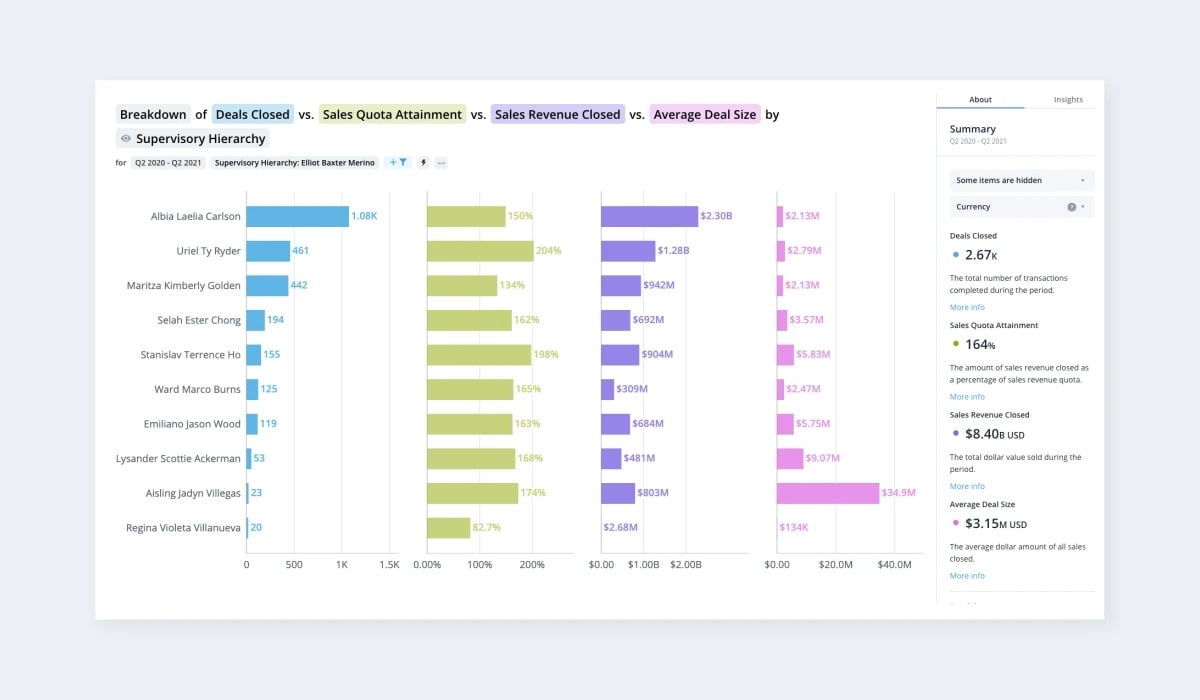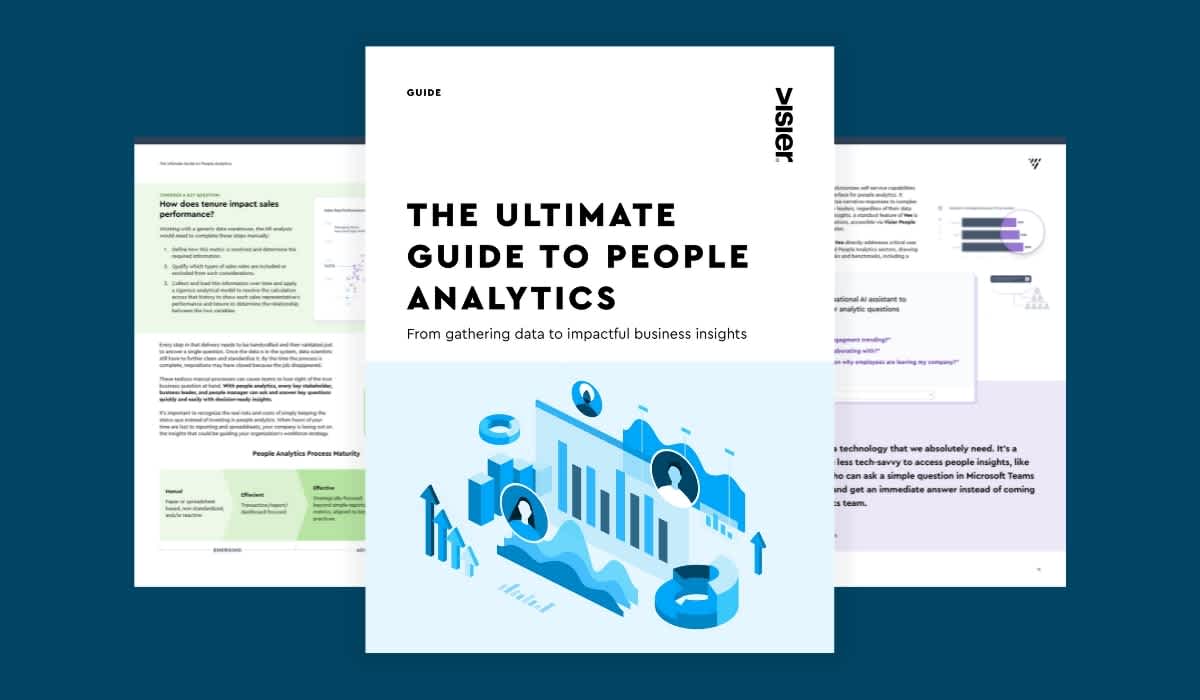4 HR Metrics To Monitor During an Economic Recession
As HR and Finance leaders partner to strategically plan for an economic recession, here are four HR metrics they should use to inform business decisions.

Given the looming economic recession, HR and Finance organizations are facing a particularly challenging year. As talks of layoffs, budget cuts, and hiring freezes continue, it’s clear that HR and Finance leaders will need to forge and foster a strong relationship to ensure the overall business remains healthy enough to weather the storm. These teams must be in sync and armed with the same analytics and insights—so they can make data-informed decisions together and build a recession-proof business.
During their strategic recession planning, HR and Finance leaders must partner together to answer key questions like:
Should we initiate a round of layoffs?
How will an RIF impact the employees and the business?
Are we retaining the highest performers through a layoff?
Are workers in critical roles being compensated enough?
Are those high performers staying? If not, why are they leaving?
Here are four HR metrics they should keep an eye on to answer these burning questions and ensure their people, financial, and company goals are still met despite an economic recession.
4 HR metrics to watch during an economic recession
1. Current and projected headcount
Should we initiate a round of layoffs? In the midst of a recession, that may be the biggest question hanging over the heads of HR and Finance leaders alike.
Over 91,000 U.S. workers were laid off in 2022—and that’s only in the tech sector. While layoffs may instinctually seem like a straightforward way to reduce costs and protect the business, leaders should consider layoff alternatives and ensure that they have the data to back up any layoff decisions. They need to understand the full business impact—both positive and negative—of reducing headcount. And that’s where the partnership between HR and Finance becomes key.
With a people analytics solution, HR and Finance leaders can create a data-driven headcount plan that incorporates both people data and business data. Together, they can use this tool to understand the HR impacts and financial implications of a change in headcount by answering key questions like:
Is a layoff the right financial move?
How will reducing headcount impact our diversity goals?
How many people do we need to effectively maintain—or optimize—the business?
2. Predicted natural attrition rates
Natural attrition—which includes resignation, illness, disability, retirement, and more—is also an important factor for HR and Finance leaders to consider amid any strategic layoff or recession discussions. A high natural attrition rate could eliminate the need for layoffs altogether and be a more cost-effective option. In fact, insights from within Visier’s people analytics solution revealed to one healthcare company that a round of layoffs would cost them $1.5 million, but they’d actually save $400,000 by letting natural attrition run its course.
Resignation rates can also inform the severity of the layoffs a company should implement. Given the research around turnover contagion—an effect that takes place when a set of employees are forced to leave and an increasing number of other employees choose to leave as a result—layoffs or other RIFs typically lead to a spike in resignations. So companies implementing layoffs must plan ahead to anticipate the turnover contagion.
“A 10% forced reduction will lead to a 12-15% overall reduction—leaving the organization short staffed and lacking in experience, connection, and all the other important factors which lead to an effective working group.”
Ian Cook, VP, Product Management, Visier
3. Highest performers at individual and team levels
Each company and team measures high performance a bit differently. But in general, a high performer is someone who brings in the most money or provides the most value to the organization or department.
Who sells the most?
Who generates the most revenue?
Which team built the most pipeline?
Who is the best leader on the team?
During an economic recession, it’s crucial for HR and Finance leaders to identify their highest performers using a people analytics solution—so they can easily rank and filter by whatever factors matter most and get a clear picture of who will deliver the most ROI overall.
If a layoff or other RIF becomes necessary, they’ll know who to retain and the cost of losing that individual or team. If they need to ramp productivity up or down, they’ll understand who the most efficient and reliable people are for meeting those goals. If high performers are overwhelmed or overworked, they’ll know that hiring more people or reskilling mid- and low-performers might be worth it.

4. Compensation for the most critical roles
High performers and critical roles have the most employee ROI and business value, so it’s crucial for companies to retain these positions amid an RIF and recession. Replacing any employee can cost 2x their annual salary (up to $100,000), but losing these critical roles is especially costly. With tighter budgets on the horizon, how do HR and Finance leaders ensure the most critical roles stay filled?
The answer may lie in compensation. Results from a recent survey conducted by the Pew Research Center show that 63% of workers who quit their jobs in 2021 cited low pay as a top reason for leaving. To ensure sufficient and equitable compensation for their most critical roles, HR and Finance organizations should rely on a people analytics solution that can quickly show them compensation by age, gender, ethnicity, job level, tenure, and more. With a clear view of compensation, companies can identify where raises or bonuses might be worthwhile to ensure critical roles remain filled during a recession.
The true power of a people analytics solution is that it can aggregate business data and people data to deliver actionable insights HR and Finance leaders can use to make informed business decisions. The right tool will empower leadership teams to easily monitor these four important metrics—so the company knows when to take action, understands which actions to take, and emerges from the recession even stronger than it was before.


